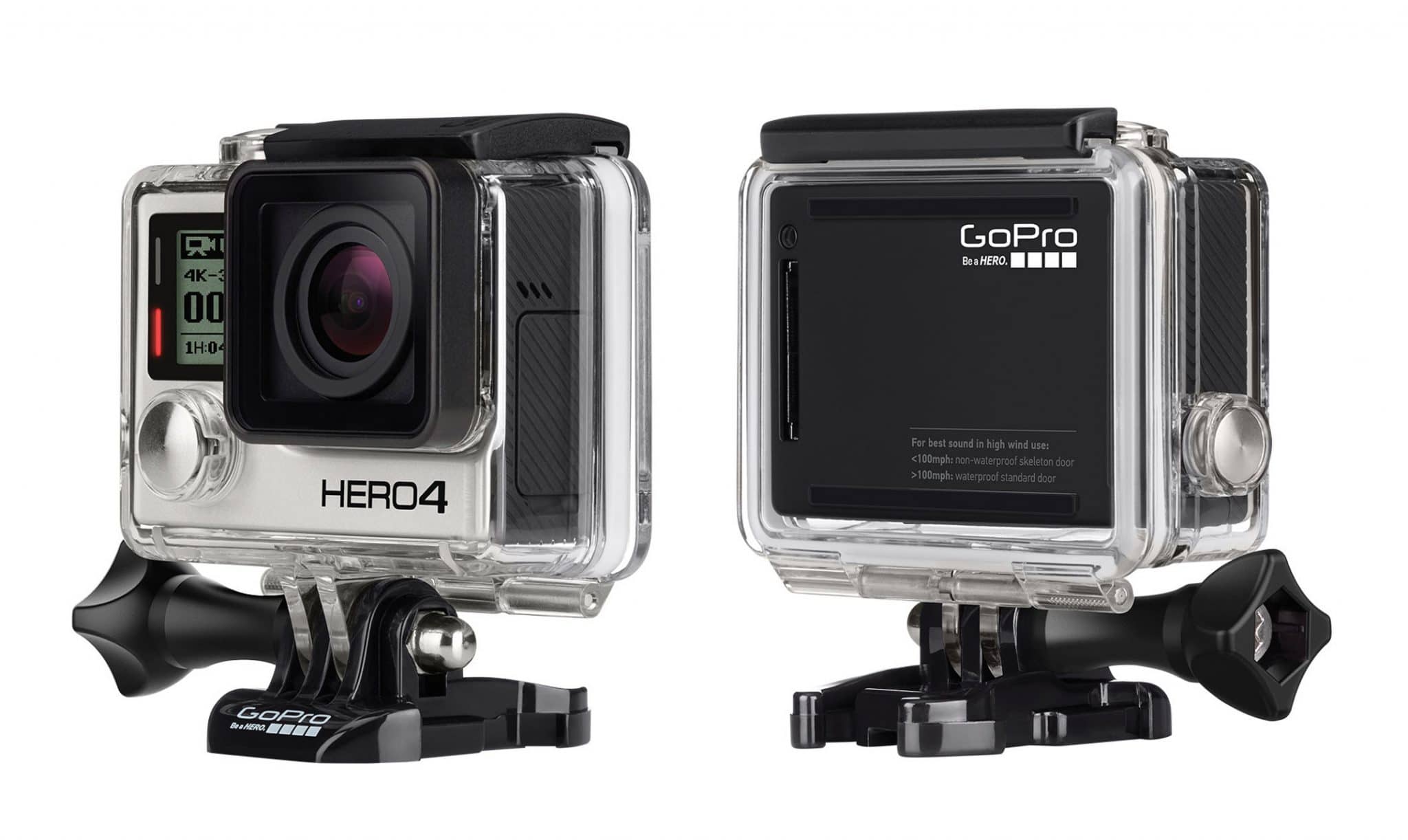The GoPro action camera is still not a part of most people’s lives, but it is undoubtedly gaining popularity with each passing day, so much so that nowadays it is hard not to come across a video or a photo taken by this magic camera. it becomes a sensation among athletes and adventurers, capturing images from an angle not found on any other equipment.
GoPro’s story began in 2002 with the initiative of Nicholas Woodman, a graduate of visual arts at the University of California. Woodman was an extreme sports fan and a surf lover. As an artist, one of his desires was to make images of these radical adventures, but this was never possible because of the equipment that was not suitable for photographing a surfing maneuver and also because photographers have rarely managed to get to where a surfer rides. wave, of the sea.
- Therefore.
- Woodman considered developing a portable.
- Durable and waterproof camera that could record moments from a point of view never seen before.
- As a test.
- The surfer attached a 35mm camera to his wrist to record his maneuvers at sea.
- This happened in March 2002.
- During a surf season in Australia and Indonesia.
- The result: unique images that can only be captured by a designed handheld camera.
To start the venture, Woodman partnered with his girlfriend Jill and bought 600 shell necklaces in Bali for $ 1. 90 and sold them in California for $ 60 each. With the proceeds raised, a $ 35,000 loan and another $ 200,000 from her father, a California banker, Woodman. He started investing in his promising new company.
In October of the same year, Woodman Labs Inc. was founded, which produced several prototype cameras and accessories for two years. To the future, GoPro produced an analog camera with 35 mm film. So far, only photos have been taken, not videos. This camera was called GP Hero and was similar to a conventional disposable camera, but was equipped with a large 28mm wide-angle lens (no focus), waterproof case, wrist strap, glove adapter and a cable to shoot quickly. With these differentials, the camera has been developed precisely to meet extreme sports practitioners so that they themselves can take pictures of their adventures. To do this, simply attach the GP Hero to your wrist and move it up and the camera will activate automatically. GP Hero went on sale in September 2004 for $20.
The cameras were originally sold by extreme sports enthusiasts and to surf shops throughout the state of California. At the time, GoPro had only one employee: Woodman, who was the engineer, product research and development manager, salesperson, packer, and administrator. The biggest sale it made was in 2004, when GoPro negotiated the exchange of 100 pieces of gear for an action sports show in Japan. In 2005, the company sold 35,000 cameras.
GoPro dominated the international market at great speed. The cameras were also used, not only by surfers, but by all those who have been through a drastic situation that requires a variety of angles and ease of handling since they could be installed almost anywhere, from paragliders and helmets to boards. , skateboards, body parts and animals.
Channels such as National Geographic and Discovery Chanel have started using GoPro professionally to record images for adventure documentaries. This professional use was important for camera consolidation and the versatility of angles contributes to the creativity of photographers and cameramen who have produced documentaries around the world. .
With growth and manufacturing around the world with various employees, GoPro started releasing new versions of the camera and with each version a new feature appeared. Has the size of the equipment decreased, has the battery life increased? In 2006, GoPro released the first digital camera capable of recording 10-second video without audio. In 2007, GoPro Digital Hero 3 was born, with limited video and audio resources and the ability to capture images up to 30 meters deep in water. The following year, the GoPro Digital Hero 5 was released, which had 16MB of internal memory and was the first from the brand to use a 170 ° wide angle lens. GoPro 5 had the ability to produce images 100 meters deep in water.
In early 2010, GoPro advanced even more technologically with the launch of Hero HD, a high definition camera. Then another revolution in the company began with a considerable increase in sales. In late 2013, the company launched the Hero 3, with 10 megapixels for photos and 1080 pixels for high-resolution videos, WI-FI four times faster, and a 30% longer battery than the previous model.
In 2014, GoPro launched the Hero 4, with a built-in touchscreen capable of capturing 60fps video in super high resolution, in addition to the 13-megapixel lens and technology to film in the dark. In addition to all the technology used in building this incredible action camera, check out other reasons to own a GoPro.

